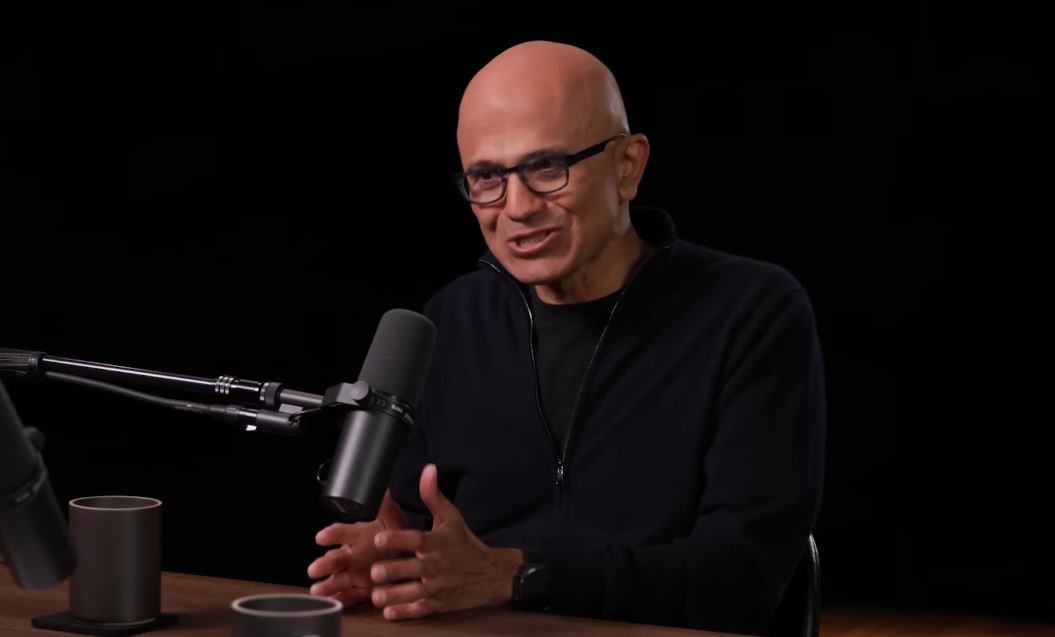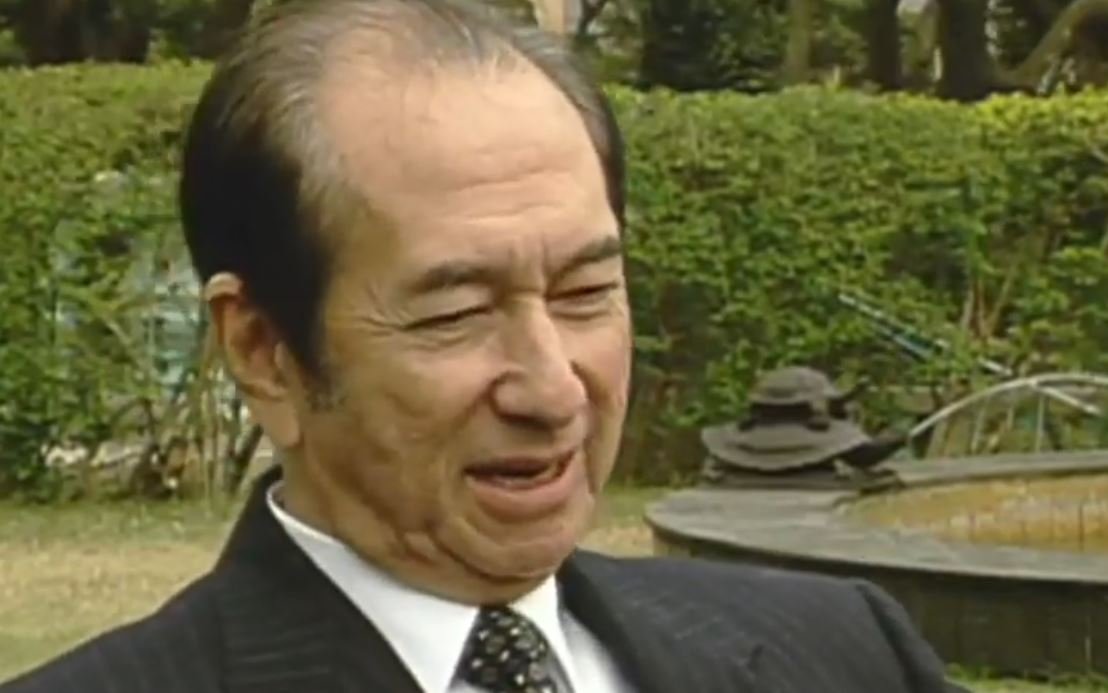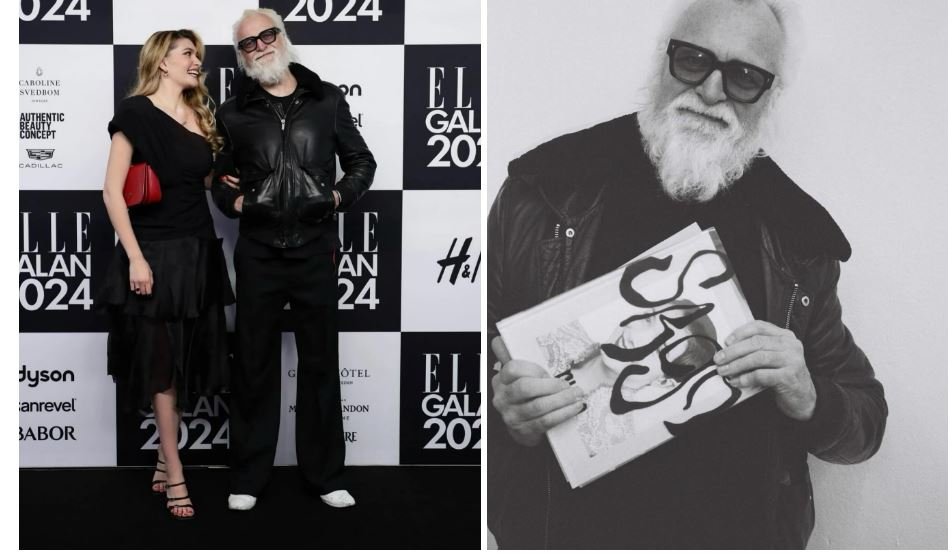More than just his personal wealth, Vincent Tan’s $770 million net worth in 2025 represents decades of measured risks, sporadic upheaval, and an unshakable dedication to changing Malaysia’s business environment. After reaching a peak of $1.6 billion on Forbes’ list of billionaires, Tan now holds a new type of seat, one that is more concerned with long-term legacy than with rankings.
Tan, who was raised in Batu Pahat and attended Batu Pahat High School, initially intended to pursue a career in law. However, he rapidly changed careers after his father’s firm failed, first working as a bank clerk and then selling life insurance. He was promoted to AIA’s agency manager by the age of 23. His early work ethic and remarkable aptitude for spotting danger patterns would later become his defining characteristics in the commercial world.
Table: Vincent Tan Biography and Net Worth
| Full Name | Vincent Tan Chee Yioun |
|---|---|
| Date of Birth | February 23, 1952 |
| Age | 73 |
| Nationality | Malaysian |
| Net Worth (2025) | $770 million |
| Occupation | Business magnate, investor, philanthropist |
| Known For | Founder of Berjaya Corp, Cardiff City FC owner |
| Marital Status | Married to Esther Tan |
| Children | 11 (including Chryseis and Robin Tan) |
| Notable Ventures | Sports Toto, McDonald’s Malaysia, FK Sarajevo, LAFC |
| Philanthropy | Better Malaysia Foundation |
| Reference | www.forbes.com/profile/vincent-tan |
Tan led initiatives over the decades that were incredibly successful in connecting emerging markets with consumer behavior. In the early 1980s, he secured the McDonald’s franchise in Malaysia, a contract that required him to train at Hamburger University and modify Western fast food culture to suit Malaysian preferences. By 1984, Berjaya Corporation had started its acquisition rampage and had infiltrated almost every Malaysian home, from digital services and convenience stores to hotels and lottery games.

Tan’s decision to invest Sports Toto shares in Berjaya was very creative and ultimately gave him significant control over the company. The company’s pre-tax profits rose from less than RM1 million in 1984 to over RM70 million in just five years as a result of that calculated move. Over the next decades, his ability to transform idle assets into profit-making machines significantly improved.
Tan didn’t limit himself to the telecom and retail industries. By 2010, he was making significant forays into sports. At the time, it was unusual for a Southeast Asian entrepreneur to acquire a majority ownership in Cardiff City FC. Although it sparked fan backlash, his decision to change the club’s colors from blue to red demonstrated his faith in cross-cultural symbolism and brand alignment. He once remarked, “Red is lucky,” reflecting how his cultural heritage shapes contemporary business.
The Cardiff City experiment had some successes, despite certain moves that caused criticism. In a way, Tan’s 2013 promotion to the Premier League served as validation that his strategies, despite their contentious nature, could produce quantifiable outcomes. In order to further his influence in European football, he also acquired ownership of FK Sarajevo and KV Kortrijk in Belgium around this time. He turned these groups into platforms for cultural exchange and talent development through strategic alliances and sporadic reorganizations.
His portfolio gained still more depth in 2014 when he helped develop Los Angeles FC. By co-investing with American entertainment titans Will Ferrell and Magic Johnson, Tan established himself in a highly successful sports business environment. He left LAFC by 2020, having sold his ownership when the team was worth more than $700 million. That departure was a reallocation of cash, not a retreat, which allowed him to strengthen his main interests and expand his philanthropy.
The theme of philanthropy has grown in importance. Initiatives that appeal to young Malaysians facing post-pandemic economic issues include interest-free school loans, housing programs, and youth entrepreneurship, all of which have been the focus of Tan’s Better Malaysia Foundation in recent years. His more than €250,000 in donations during the 2014 floods in Bosnia were another example of how economic leadership and humanitarian concern came together. Tan encouraged other Asian businesspeople to aid disaster-affected populations overseas by using his connections to FK Sarajevo to increase global awareness.
His company proved to be extremely effective throughout the pandemic, quickly digitizing its retail and food and beverage businesses. In particular, Berjaya Food Berhad adjusted by switching to contactless and delivery services. Tan’s companies were remarkably durable when many of his rivals failed, which is a credit to his forward-thinking management team and diverse portfolio.
Vincent Tan’s hold over Malaysia’s business story is unwavering, even though his net worth is smaller than it was at its peak. His daughter Chryseis Tan, who is currently regarded as a rising business strategist and lifestyle influencer, gives the brand continuity. Her union with Faliq Nasimuddin of the Naza Group represents the union of two industrial dynasties and, more importantly, a change in leadership style over generations.
Tan is seen as a transitional figure in Southeast Asian capitalism, spanning the gap between modern brand diversity and traditional conglomerate formation. He is influencing public discussions about wealth, purpose, and legacy rather than just expanding his company’s number of subsidiaries. There is a hospital funded for every controversy involving a sports team. An educational scholarship is discreetly given to a first-generation college student for each contentious board decision.
By 2025, Forbes rankings will no longer determine his relevance. It is gauged by the organizations he has established, the risks he has accepted, and the families he has helped with homes, work, and education. Despite its lack of ostentation, his empire is incredibly resilient. Furthermore, durability—which is based on diversified assets, family succession, and community capital—may be the new definition of financial strength in this turbulent economic era.
In terms of the future, Tan’s blueprint provides something very helpful for aspiring business owners: put durability ahead of publicity, make investments in infrastructure and people, and maintain flexibility in the face of radical change. If the tale of Vincent Tan teaches us anything, it is that empire creation is never linear; rather, it is strategic, recursive, and most importantly, long-lasting.









